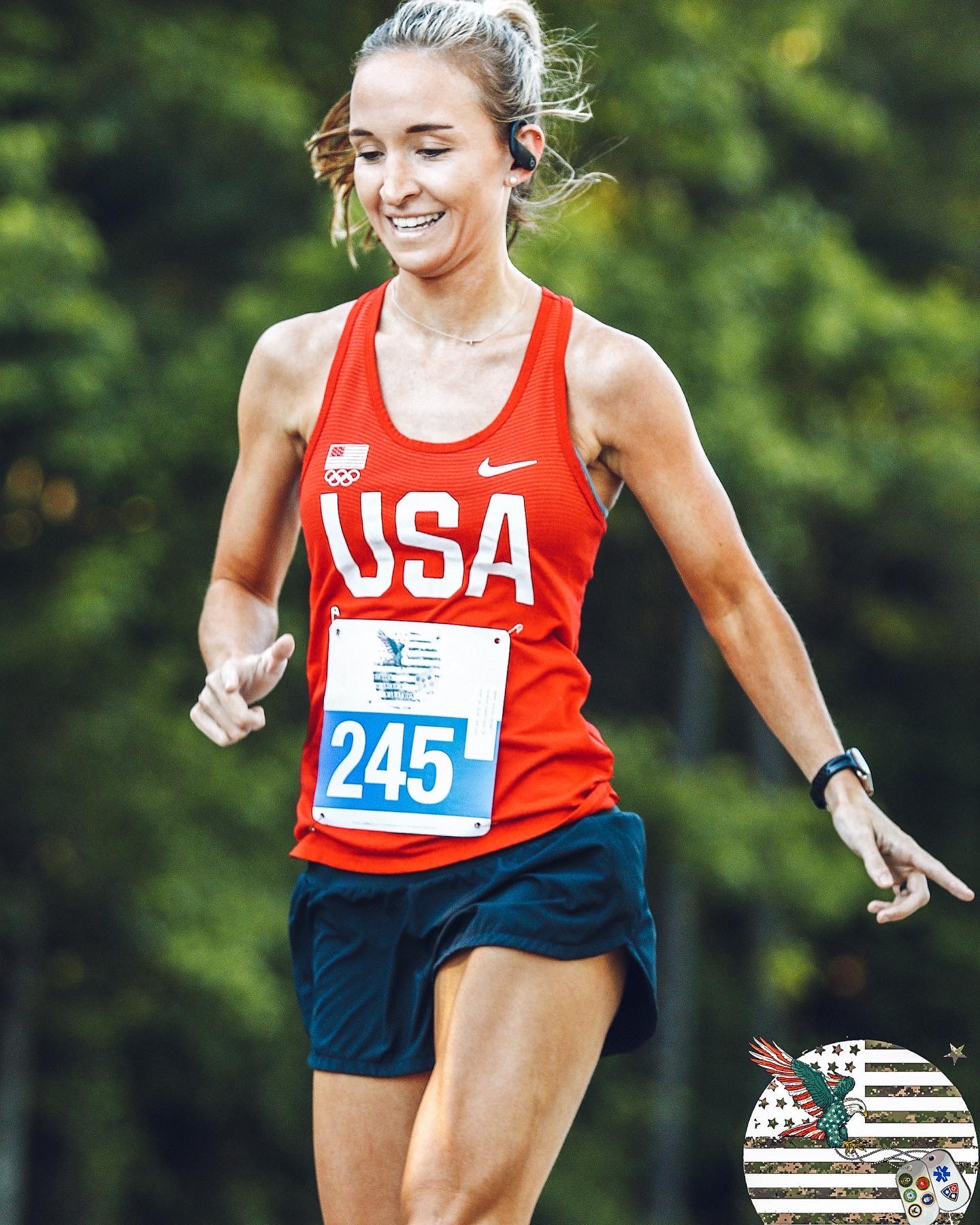Looking for some phrases to dump from your vocabulary? Let’s start with “bounce back”, “mom bod”, and “working mom”.
Easy fix – replace them with “recover well”, “strong bod”, and well …..”mom” (have you ever heard someone say “working dad”)? I didn’t think so.
Navigating the early postpartum weeks is tough (even outside of unsolicited comments like these) – no matter how many times you’ve been through it. Each pregnancy, labor, and delivery is different and those hazy nights that turn into mornings as the adrenaline of delivery wears off can really start to take a toll on your physical and mental health.
Here’s the deal: you have enough on your plate. We know that movement when done right is beneficial for healing – after all, exercise is medicine – but dealing with everything thrown at you on top of trying to figure out what type of movement is safe and what isn’t just isn’t realistic. There’s too much confusing, conflicting, and downright terrible information on the internet. That’s one of the reasons why pelvic floor physical therapists exist – to bridge the gap of your muscular recovery after baby.
Picture this: you just had an ACL repair and the advice you were told to follow was to go home, rest, and sleep when you can. Then at 6 weeks post-operation you were suddenly cleared to do everything – including running – without any kind of muscle exam. You’d expect some dysfunction and pain – maybe even to the point that you’d feel the need to stop exercising because of your symptoms.
That same story happens daily to women in the postpartum period. Those first 6 weeks have little to no guidance on movement despite the fact that it’s an incredibly important part of your healing process. Then at 6 weeks, you’re suddenly cleared for…well, everything. No ramp up time, no actual instruction, and no assessment of whether or not your muscles are even actually working after the wild ride of labor and delivery. Even if everything goes perfectly, your pelvic floor muscles still stretch to 250% of their resting length during a vaginal birth – can you imagine if we did that to your hamstring then expected it to work just fine? Or what about our moms who deliver baby through the sunroof – undergoing a major abdominal surgery with no associated rehabilitation? While YES we want you to use this time to rest and recover as best as you can, we also know that the right movements and the right education on things like posture, lifting the car seat, scar desensitization, and body mechanics for baby holding can make that recovery period go a little more smoothly. We don’t want you doing jumping jacks right after delivery, but you can start early on by reconnecting to the muscles that worked overtime supporting your growing baby.
I want to be clear that this isn’t the job of your OBGYN – so don’t get frustrated with them! They are supposed to make sure you stay safe from a medical perspective – no hemorrhaging, deliver baby safely, and follow up on any other medical concerns. They do a great job of that and we love them for it! However, medical and musculoskeletal clearance are two different things and every new mom can benefit from an extra set of eyes to make sure you don’t just live, but thrive. Like much of the information available on the internet these days, it can be incredibly difficult to sift through what’s appropriate and what’s not for your postpartum return to exercise. That’s why in 2022, after 5 years of working almost exclusively with new moms, I published the first set of peer-reviewed musculoskeletal rehabilitation guidelines for pre and postnatal athletes in the International Journal of Sports Physical Therapy. Now in 2023, we’ve turned that into an easy to follow phone application so that you can have access to safe daily movement from your hospital bed to your return to running program all on your phone.
The app not only provides guidance on daily movement, it helps you determine along the way if you have any symptoms that shouldn’t be happening so that you can catch them early and get in with a pelvic health physical therapist. Many symptoms early on get dismissed as normal when the truth is they’re common but abnormal. Did you know that if you’re still having leaking at 3 months postpartum there’s a 92% likelihood you’ll still be experiencing it at 5 years postpartum? While these things can be treated way down the line, it’s much easier to treat them early on in your recovery!
We’re here to help, and my mission is to ensure that I don’t have to continue to hear “I wish I had known sooner” when working with patients. It is never too early or too late to get started – I work with many moms preventatively during pregnancy as well as with many moms who are decades postpartum. I even had a recent patient who was more than 10 years postpartum have a physical therapy discharge celebration at the trampoline park – a place she’d previously avoided with her kids due to symptoms. We can make this better, but it starts with education – just like this blog post!
Want to download the app? Go to www.stirrupstositups.com and enter your e-mail – we’ll send you all the details!
Want to get scheduled with me? Go to www.synthesisphysicaltherapy.com – select a service or scroll to the bottom to send me an e-mail. I have in-person, in-home, and telehealth options available and would love to jump start your recovery.



